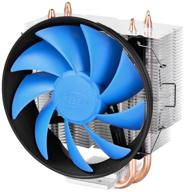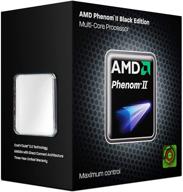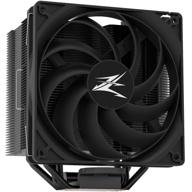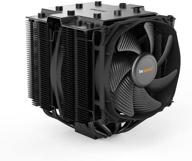
Review on 🔥 ZUPAYIPA Silicone Thermal Pad: 400mm x 210mm x 0.5mm for CPU GPU Heatsink - Heat Dissipation Solution by Jason Masango

Works well but very fragile
Short Description: Works as intended A little longer: I bought this film to improve the heat transfer between the heatspreader and the glass bed of my 3D printer. First off, glass doesn't have the highest thermal conductivity in the world, and the nanometer air gap between an aluminum heater plate and a glass plate is even worse. Silicone thermomats are one of the least efficient thermal interface materials, but they are MUCH better than air and do an excellent job of filling in microstructures on a milled aluminum surface, providing a vastly improved thermal path. The temperature drop from the bare hot plate to the top of the silicone mat was less than 2°C (measured with a calibrated thermocouple on top of the bare aluminum and applied silicone mat), which greatly improved the glass heat-up time. Beds (warming up used to take 15 minutes, now more like 5). Now for the warnings: with a build plate that uses FSR to calibrate the Z0 position, the soft interlayer crushes very easily. It's not enough to have the first layer bounce heavily, but you may need to make some z-trigger adjustments to account for "bounce" if you want perfect first layers. In addition and above all, this material is FRAGILE. You will pierce it with nothing more than a burr or a rough callus. It's very malleable, so accidentally wrapping it dangerously around the edge of an object, tool, or even a finger is almost inevitable. Luckily, when sandwiched between two surfaces, it snaps back up and seals fairly tightly. If you want to make a cut on a single surface with a clean edge, all you have to do is press that edge with your finger or a soft rubber spatula. The mat that came with it had enough area to fit my printer, but I had to cut it in half and sew the edges together. If you have a large Delta printer (300mm + round bed) it will take some patience and cutting/positioning to get it right. However, there is *enough* material to get the job done (at no extra cost). Four stars because it's not a perfect heat transfer solution, but definitely better than nothing and relatively easy to work with.
- Nice
- Expensive
New products
Comments (0)
Top products in 🧰 Computer Internal Components
Another interesting products
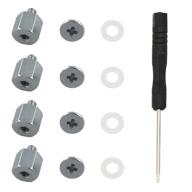
M.2 Screw Kit: Easy Mounting for NVMe SSDs on ASUS Motherboards

19 Review
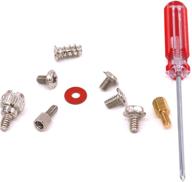
Glarks 660 Pieces Phillips Assortment Motherboard

10 Review

Comprehensive 500pcs Laptop Screw Kit Set for 🔩 IBM HP Dell Lenovo Samsung Sony Toshiba Gateway Acer

12 Review
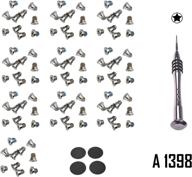
🔧 Premium Repair Replacement Screws & Tools for MacBook Pro Retina 15"/13" - Complete Bottom Case Set

10 Review


